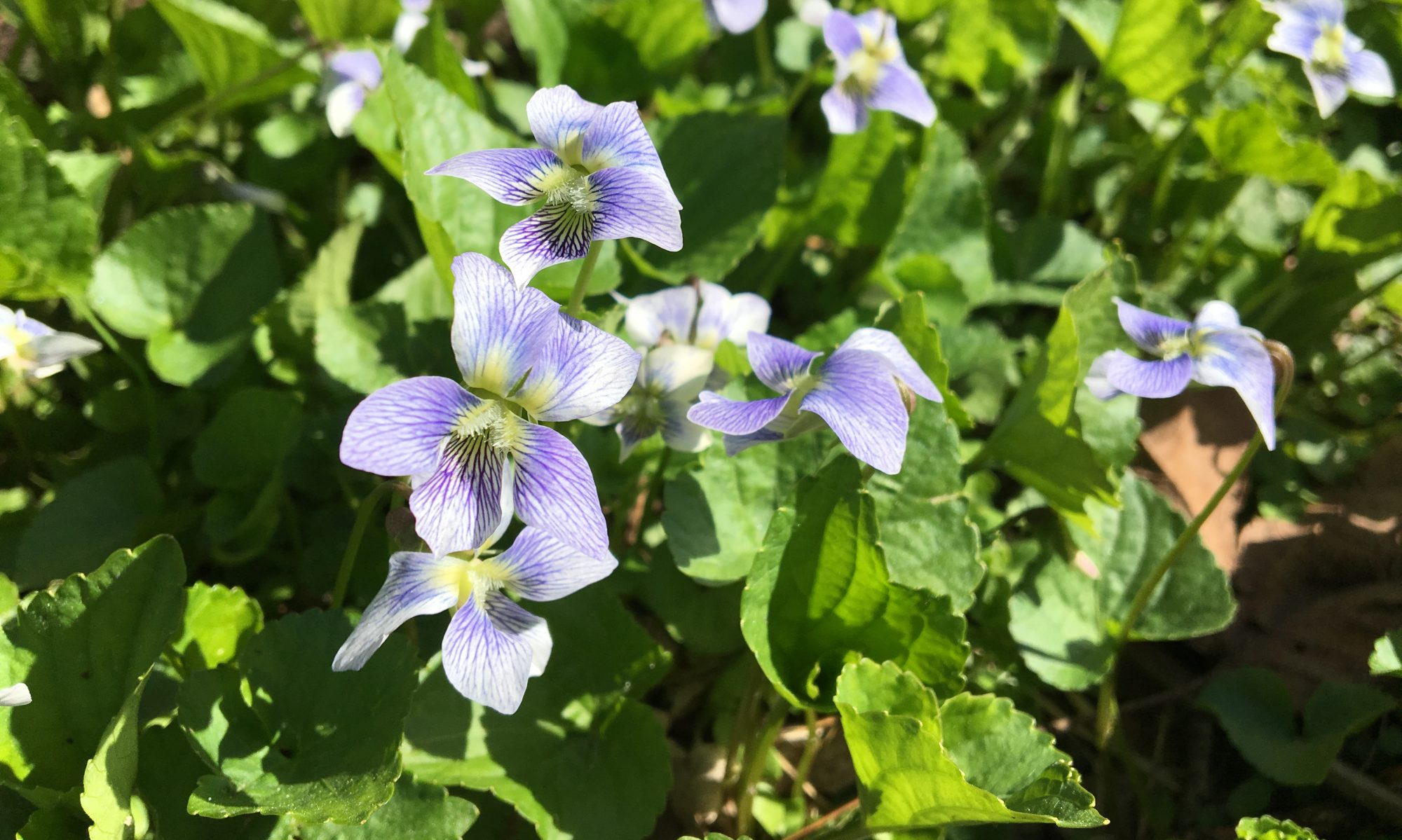General Garden Care
Apply 1 to 2 inches of leaf mulch on flower beds and around trees, keeping mulch away from the trunks. Make sure all trees, shrubs, perennials, and roses receive 1 inch of water per week. If Mother Nature does not provide this amount, it is best to water deeply once per week rather than water shallowly several times per week.
Annual and Perennial Care
When cutting peony blossoms to bring indoors, remove as few leaves from the plant as possible. Remove spent blooms after they are finished flowering.
Remove spent blooms of annuals and some perennials to encourage new flower formation.
Fertilize annuals in containers, baskets, and window boxes with a quarter-strength balanced fertilizer every seven to ten days. Always water the plants before adding liquid fertilizer.
Fertilize bulbs with a 9-9-6 slow-release fertilizer if you did not do so at planting time.
Tall, floppy plants such as chrysanthemums, asters, and tall sedums can be cut back by as much as half or pinched to regulate their height.
Sow seeds of biennials, such as hollyhock, directly into the garden this month for next year’s bloom. Mark the area carefully to avoid accidentally disturbing the seeds.
Monitor plants for insects. Infested plants can be hosed down to remove small insect populations. Don’t apply chemical treatments if ladybugs or other predator insects are present.
Mite activity often increases in hot, dry weather. Symptoms include stippled foliage which can be removed from plant. Refrain from applying chemical miticides which will also kill beneficial mites and increase mite populations. Consider releasing predators such as ladybugs or praying mantis to consume unwanted mites.
Fruit, Vegetable, and Herb Care
If squash vine borer has been a problem in your garden, cover small transplants of squash, cucumbers, and zucchini with row covers to prevent moths from laying eggs on vines. Remove row covers when plants begin to flower. Consider planting resistant varieties next year.
Pinch top growth of herbs to encourage branching and keep them from flowering. Snip or cut off sprigs of herbs to use in cooking all season.
Plant dill or fennel to attract swallowtail butterflies to lay their eggs. Watch for tiny eggs to develop into plump caterpillars that will feed on the herb foliage before pupating into butterflies.
Plant pumpkins at the first of the month. Large varieties require a 100-day growing season. If you gently carve names in developing pumpkins, the letters will enlarge as pumpkins grow.
Mulch your vegetable garden with straw to retain moisture.
Rose Care
One application of fertilizer in the spring is usually sufficient for species roses such as Rosa rugosa and shrub roses. All other roses should be given their second application of a well-balanced fertilizer in mid-June or after their initial bloom period.
Monitor roses for black spot and other fungal leaf diseases. Remove infected leaves immediately and begin a preventative spray program with an approved fungicide at labeled intervals.
Deadhead hybrid tea roses as soon as flowers fade. Many shrub roses are self-cleaning and don’t require deadheading.
Tree and Shrub Care
Pinch off terminal growth buds on rhododendrons to increase next year’s buds.
Prune all spring-flowering shrubs, if necessary, immediately after they flower.
Evergreens, such as boxwood or yew, can be lightly pruned after the new growth fills in to maintain a formal shape.
Source: http://www.chicagobotanic.org/plantinfo/checklist
